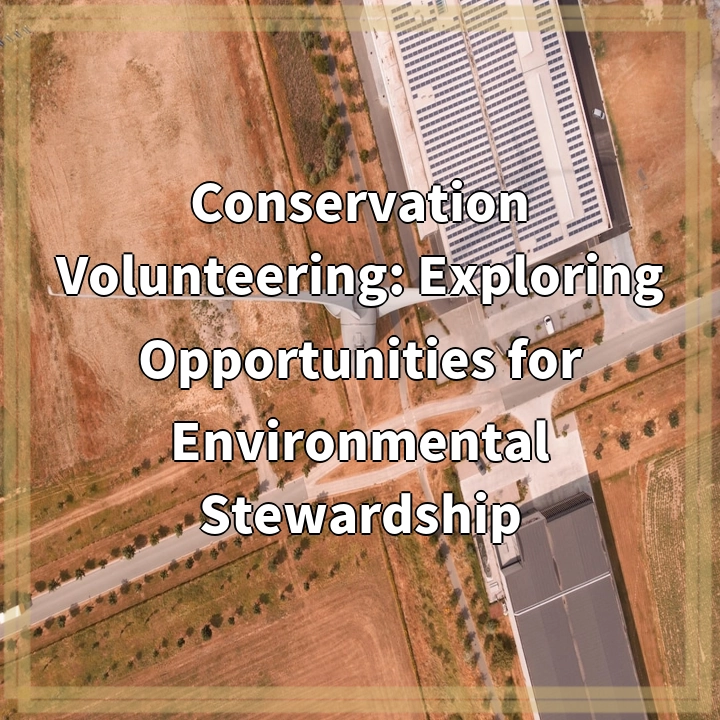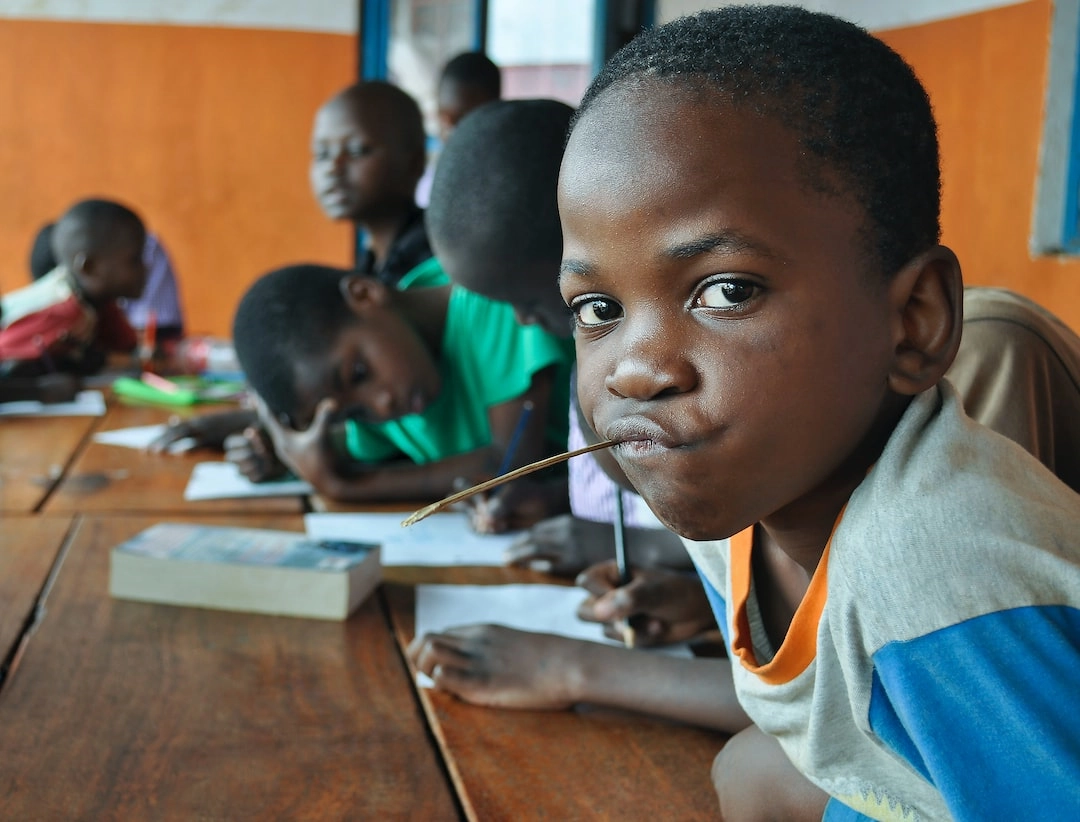
What is Conservation Volunteering?
Conservation volunteering is a valuable and rewarding way for individuals to actively participate in environmental stewardship. It involves dedicating time and effort toward protecting and preserving natural areas, habitats, and wildlife. Through hands-on activities, volunteers contribute to conservation projects and initiatives, making a positive impact on the environment.
Real-World Problems Associated with Conservation Volunteering
1. Limited Resources
One of the challenges faced by conservation volunteering is the limited availability of resources such as funding, equipment, and personnel. Many conservation organizations rely on volunteers to supplement their efforts due to budgetary constraints. This can restrict the scale and effectiveness of conservation projects.
2. Accessibility and Inclusivity
Another issue is ensuring accessibility and inclusivity in conservation volunteering. Sometimes, opportunities may be located in remote areas or require specific physical abilities, which can limit participation and engagement for certain individuals or communities. It is important to promote diversity and provide accommodations to make volunteering opportunities accessible to a wider range of people.
3. Long-term Sustainability
Conservation volunteering often focuses on short-term projects, which may not always address the underlying, long-term sustainability of ecosystems. While immediate tasks like habitat restoration or tree planting are important, long-term planning and monitoring are necessary to ensure continued conservation success and ecosystem resilience.
4. Community Engagement and Education
Engaging and educating local communities about the importance of conservation is crucial for long-term environmental stewardship. However, establishing effective communication channels and building community support can be challenging. Conservation volunteering should prioritize community engagement and education to foster a sense of ownership and responsibility among local stakeholders.
5. Climate Change
Climate change poses a significant threat to ecosystems worldwide, affecting biodiversity and natural habitats. Conservation volunteering needs to address and adapt to these changes, by incorporating climate resilience and mitigation measures into conservation programs. This requires ongoing research, planning, and adaptive management strategies.

Solutions to the Problems of Conservation Volunteering
1. Enhance Resource Allocation
Efforts should be made to secure adequate resources, including funding, equipment, and trained personnel, to support conservation volunteering initiatives. This can be achieved through partnerships with government agencies, corporate sponsors, and fundraising efforts. Proper resource allocation ensures the effectiveness and scalability of conservation projects.
2. Promote Accessibility and Inclusivity
Conservation volunteering should strive to be accessible and inclusive for all individuals and communities. This includes locating projects in diverse areas, providing transportation options, and offering volunteer roles that accommodate different physical abilities. Creating welcoming and inclusive environments fosters greater participation and engagement.
3. Long-term Planning and Monitoring
To ensure the long-term sustainability of conservation efforts, there must be a focus on strategic planning and ongoing monitoring. This involves developing comprehensive management plans, engaging scientific experts, and implementing adaptive management strategies. Long-term initiatives should consider factors like ecosystem resilience, climate change impacts, and integrating conservation efforts into broader landscape-scale plans.
4. Community Engagement and Education
Building strong relationships with local communities is crucial for successful conservation outcomes. Engaging community members through education programs, workshops, and outreach events can raise awareness about the importance of conservation and cultivate a sense of ownership and responsibility. Empowering communities to take an active role in conservation initiatives leads to increased support and long-lasting impact.
5. Address Climate Change
Incorporating climate change considerations into conservation volunteering requires a proactive approach. This can involve implementing climate-resilient practices, such as using native species that are adapted to changing environmental conditions, and incorporating climate change education into volunteer training programs. Collaboration with climate change experts and organizations can ensure conservation efforts are aligned with broader climate change mitigation and adaptation goals.















